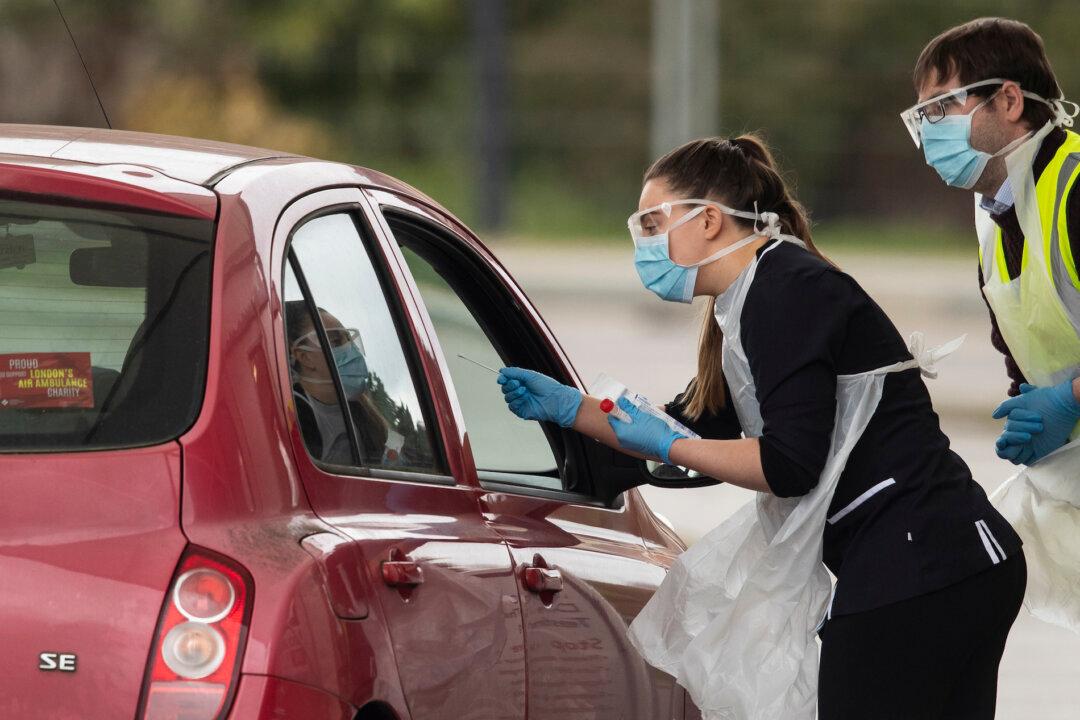England’s struggling Test and Trace system is reaching fewer close contacts of people who tested positive for COVID-19 than at any time since being launched.
Fewer than six out of ten close contacts were reached according to the latest weekly figures, which also showed record numbers of in-person tests are not being returned within the promised 24-hour window.





